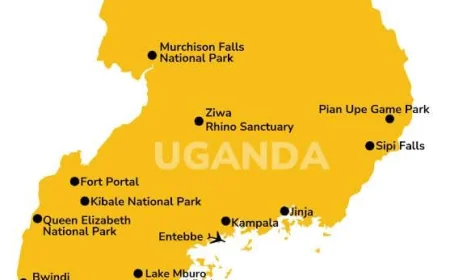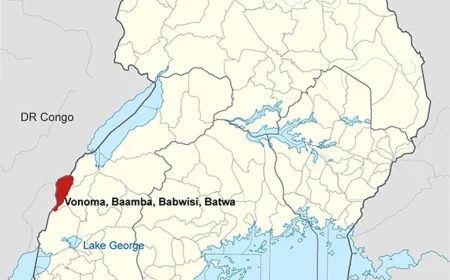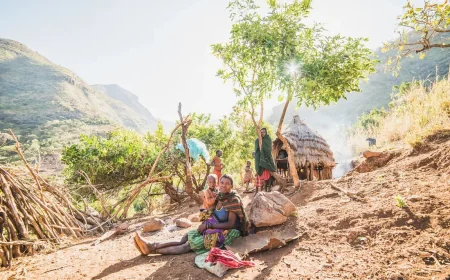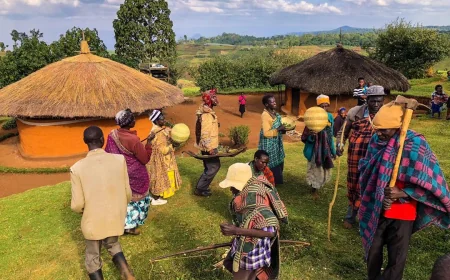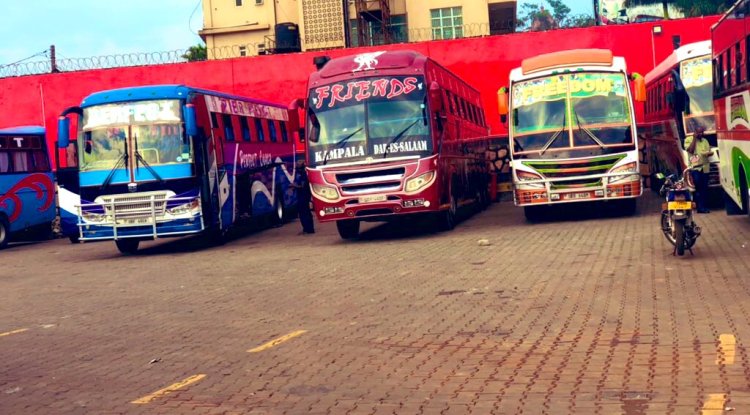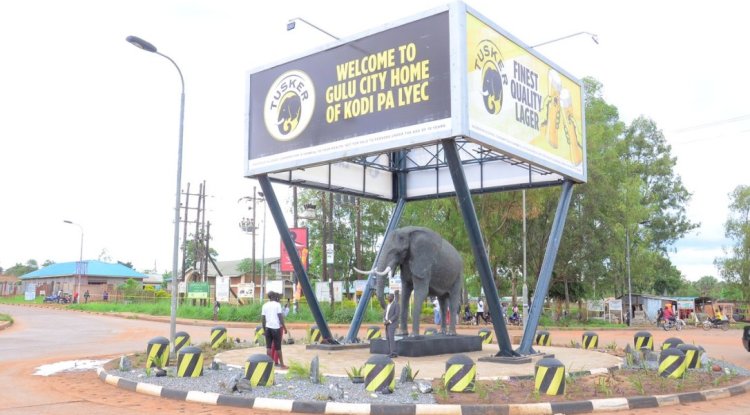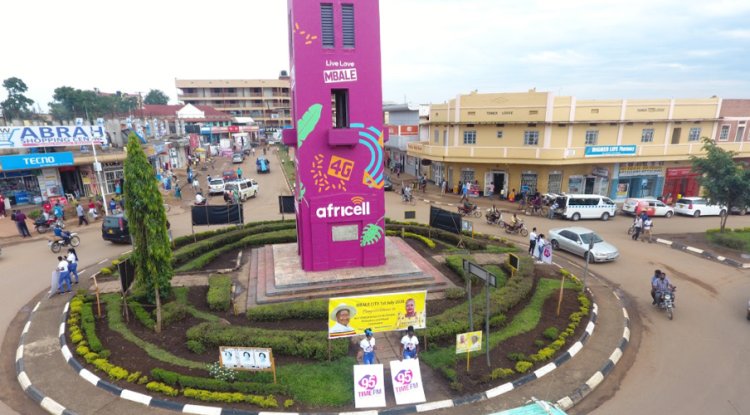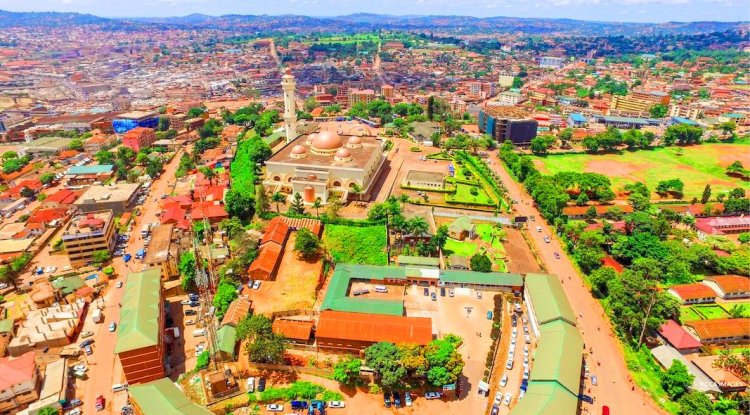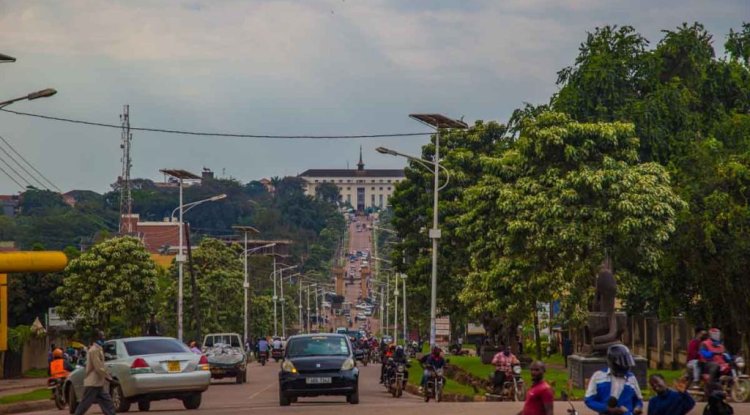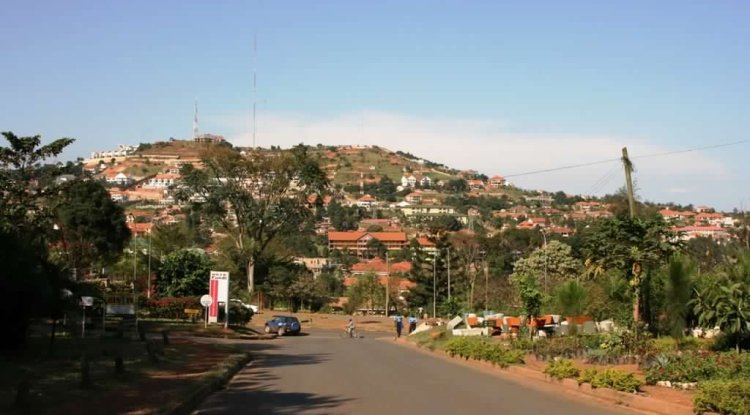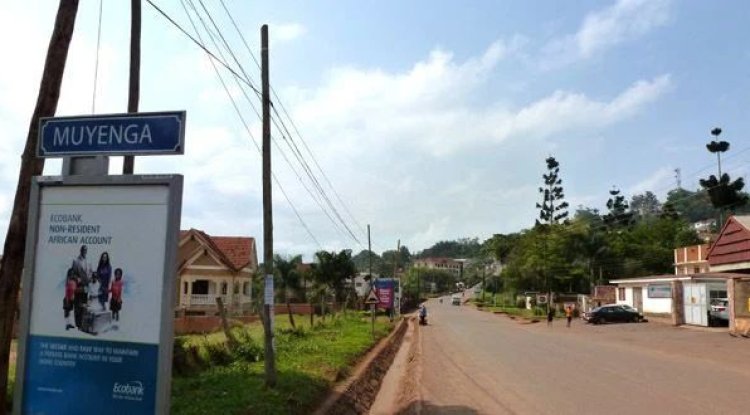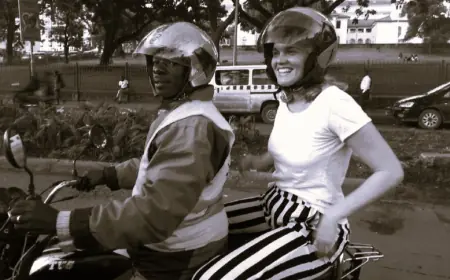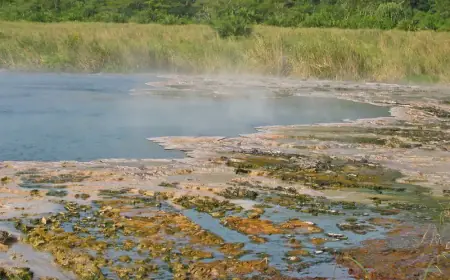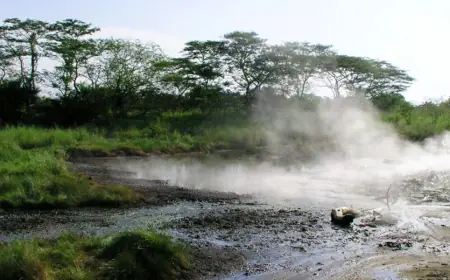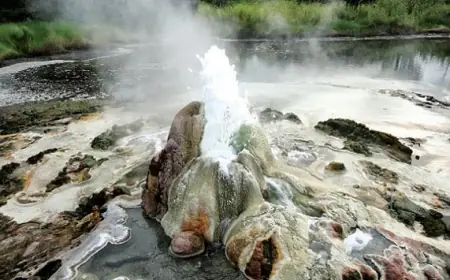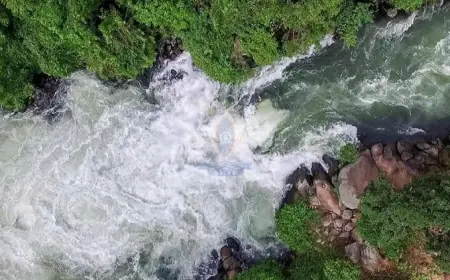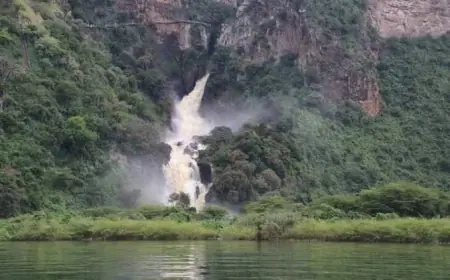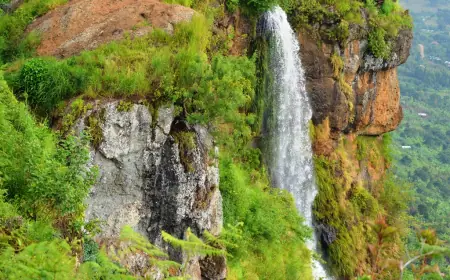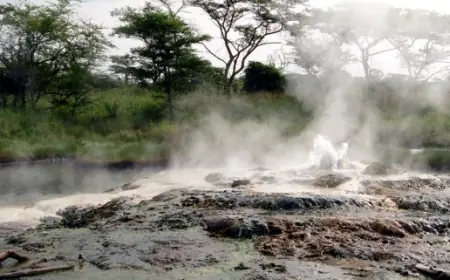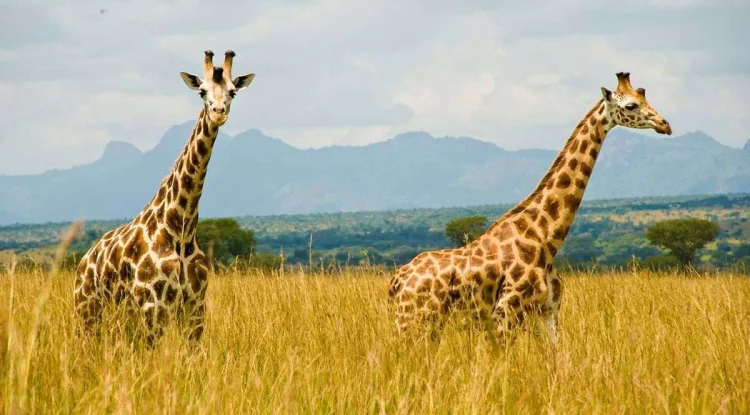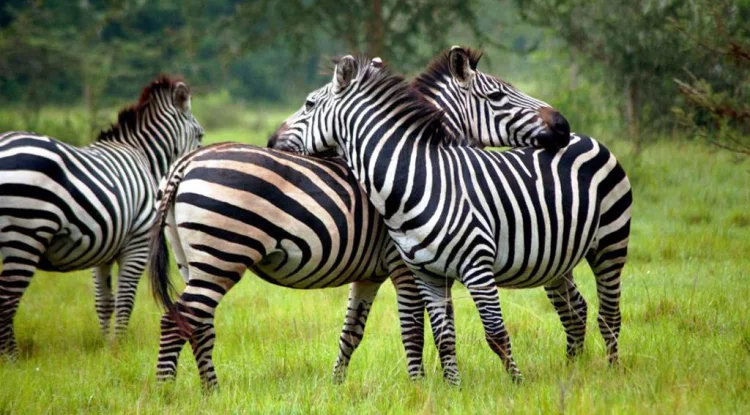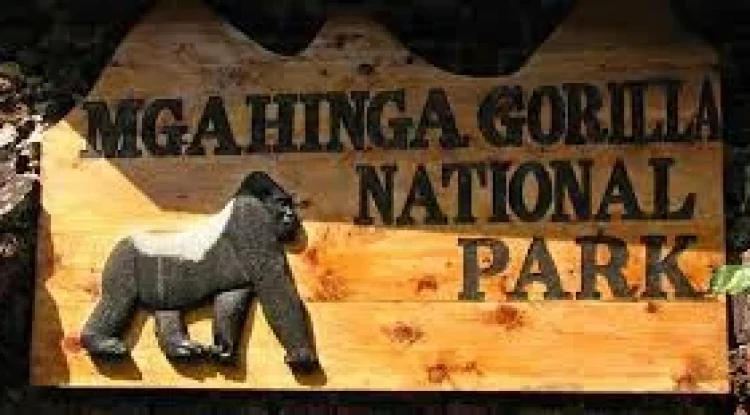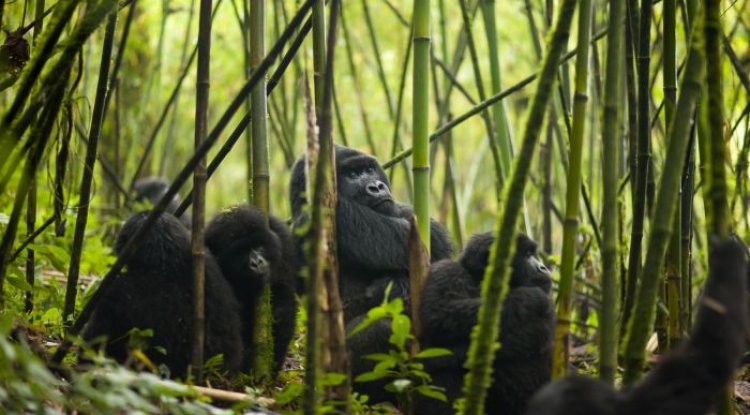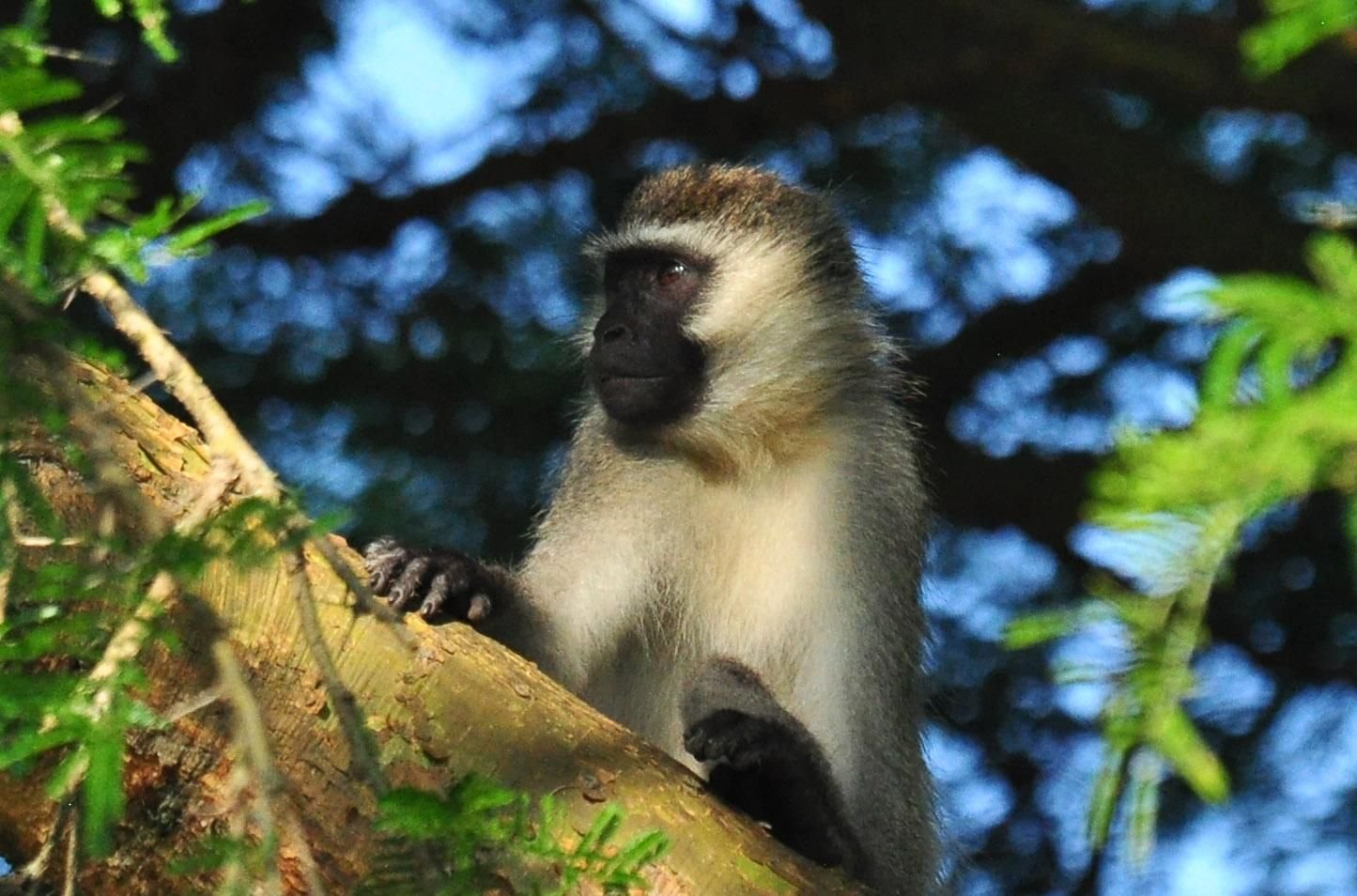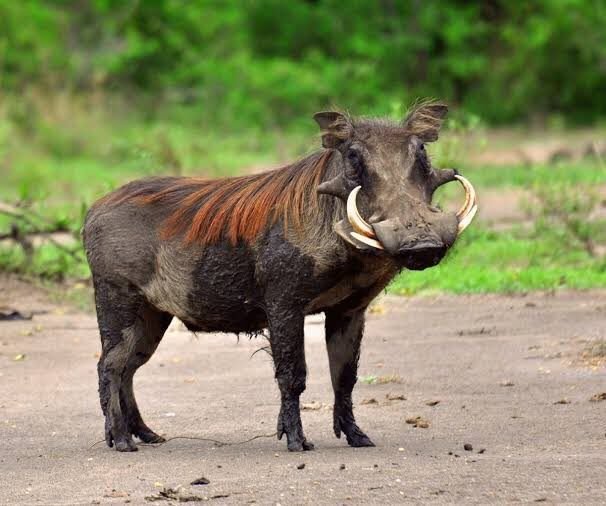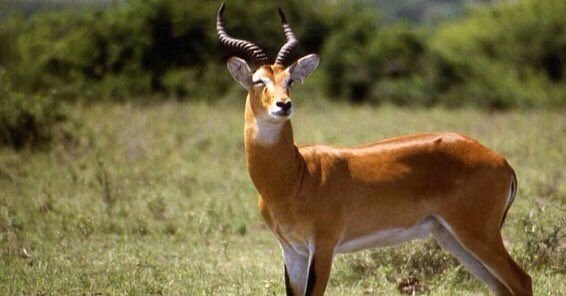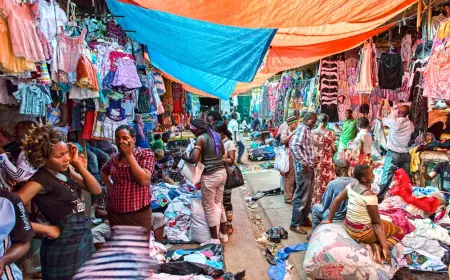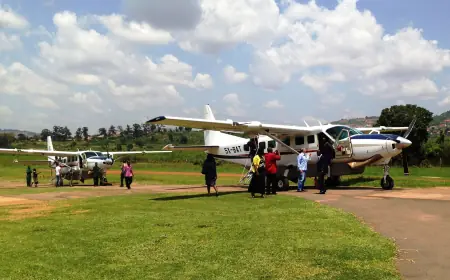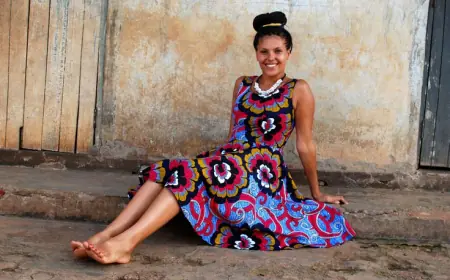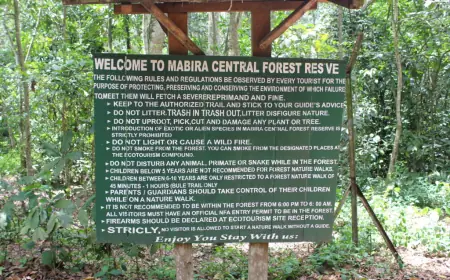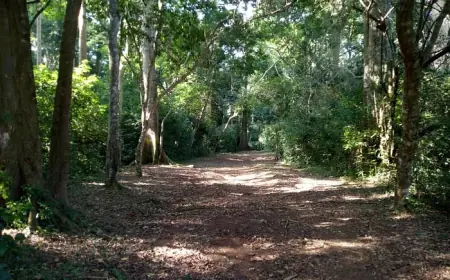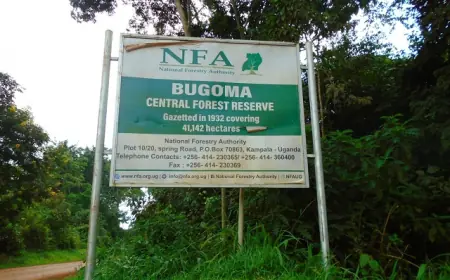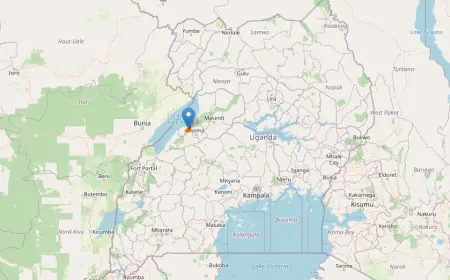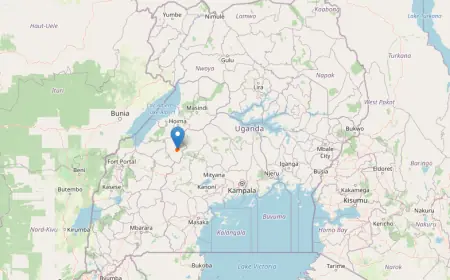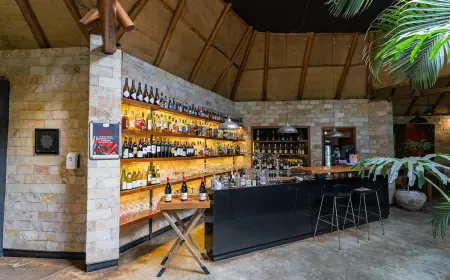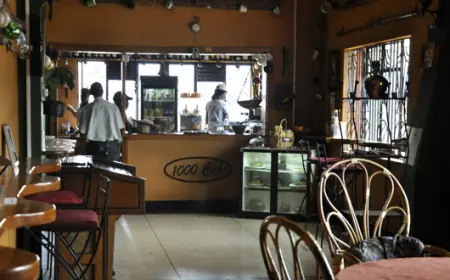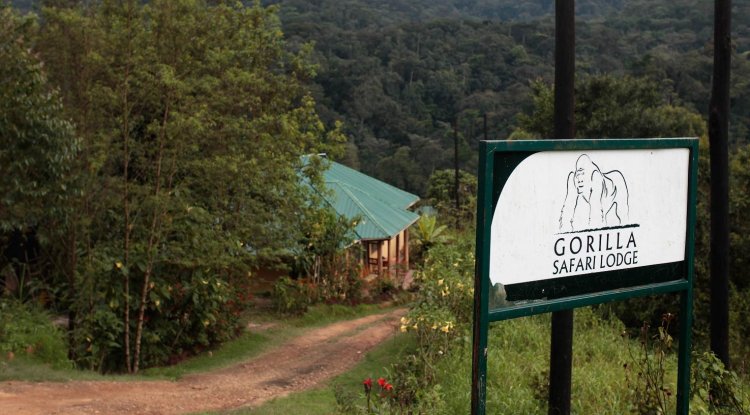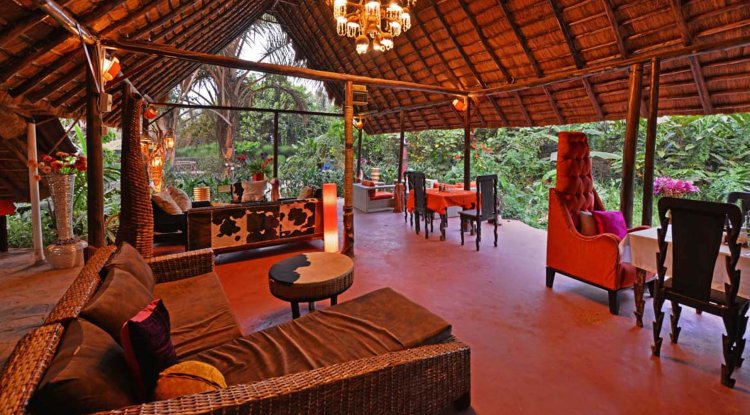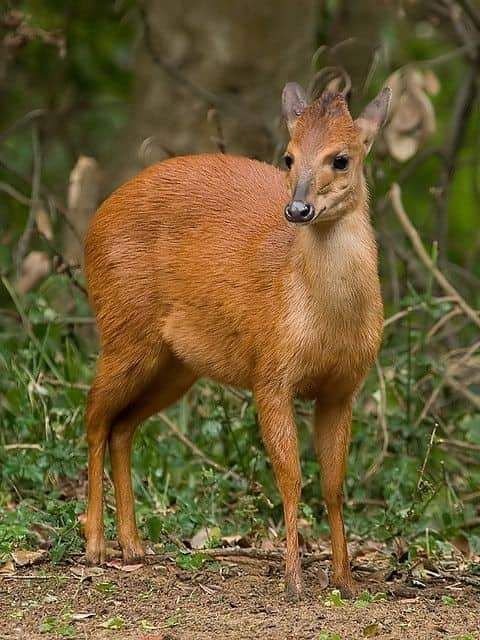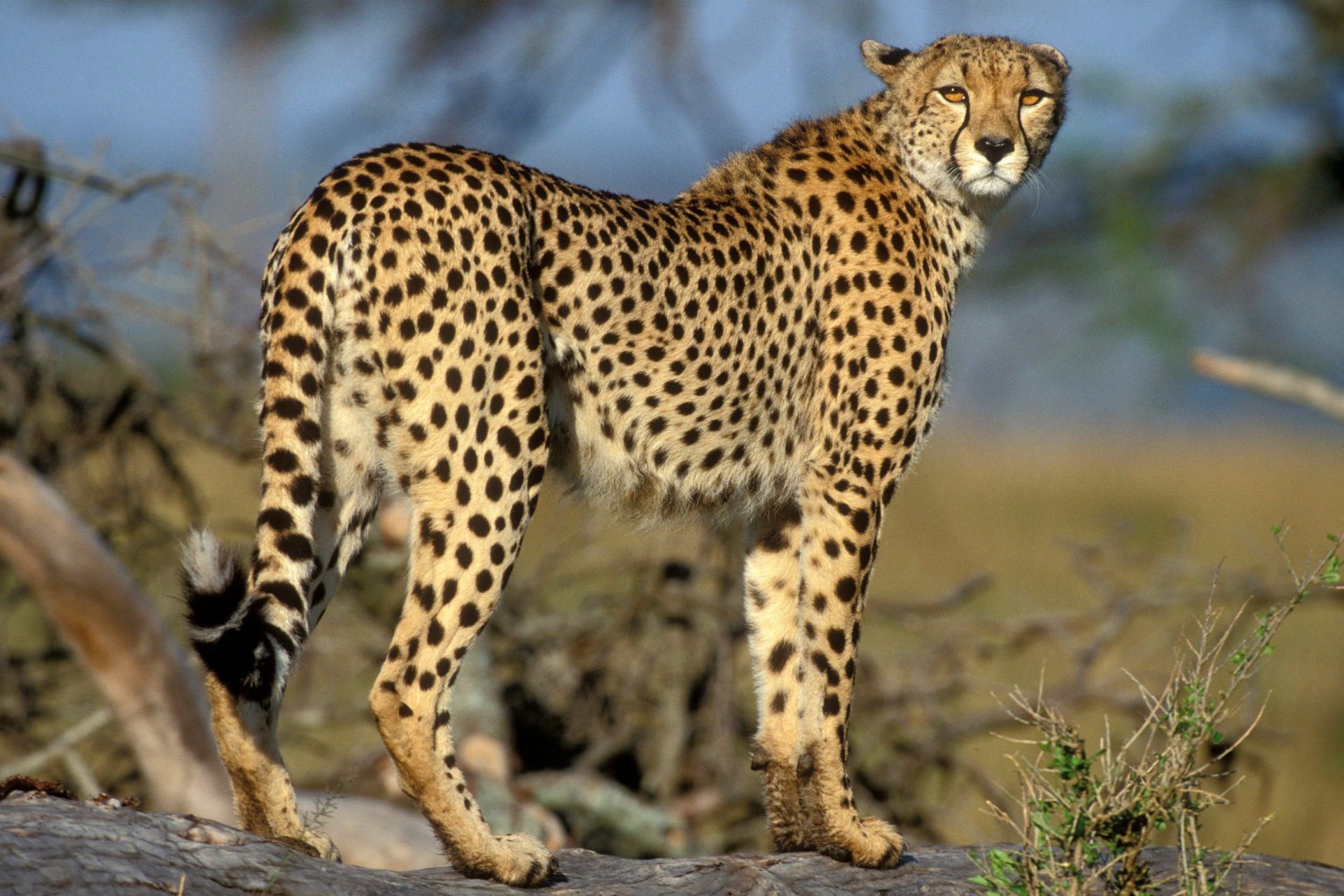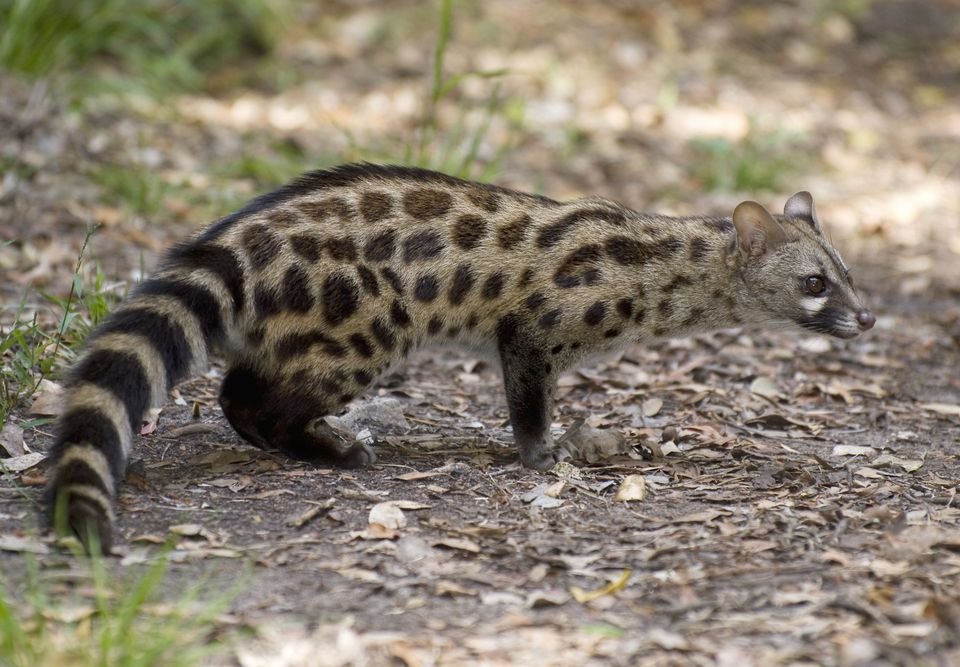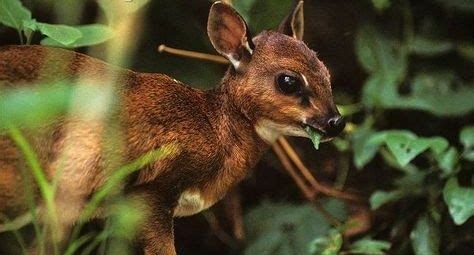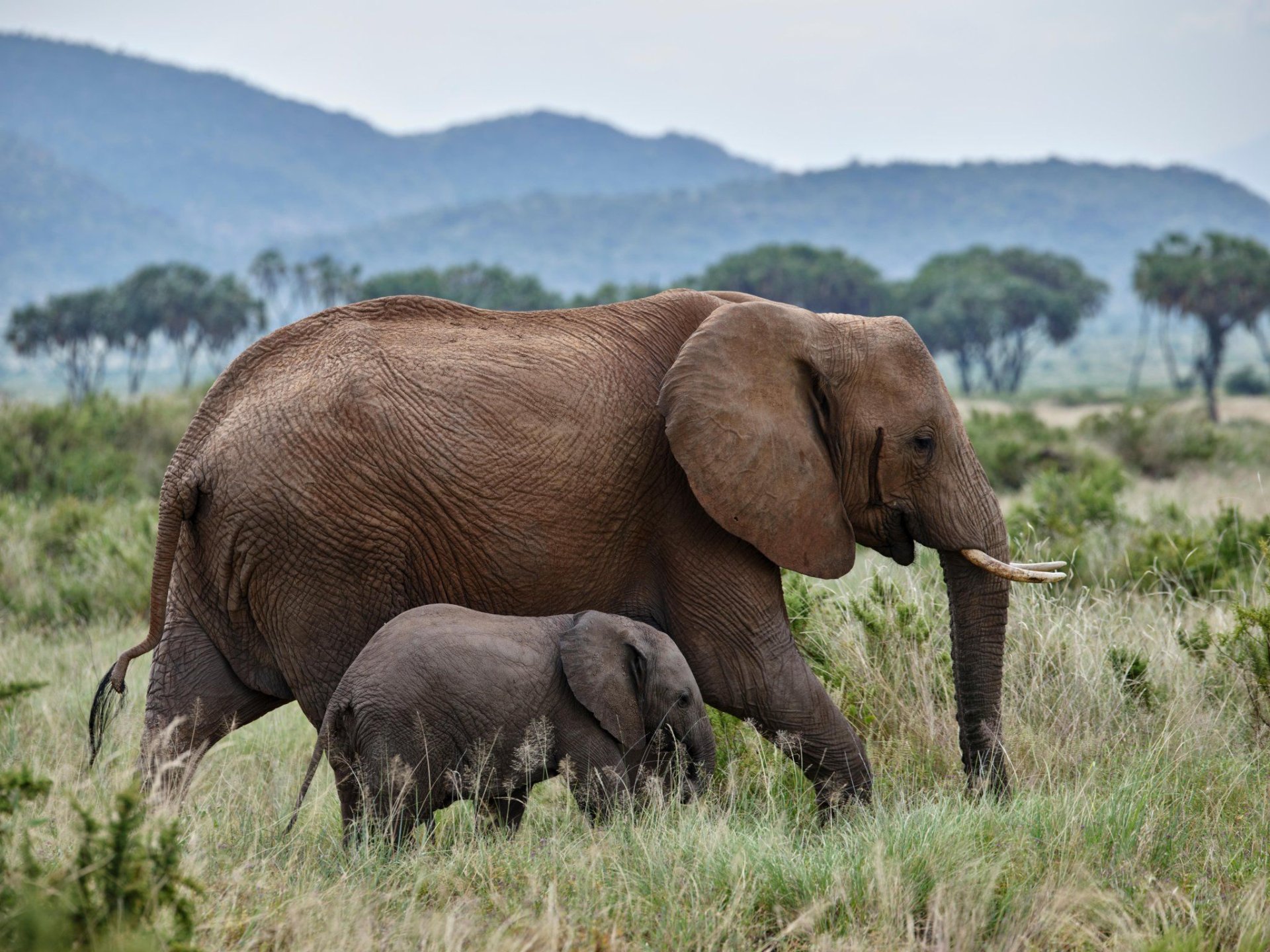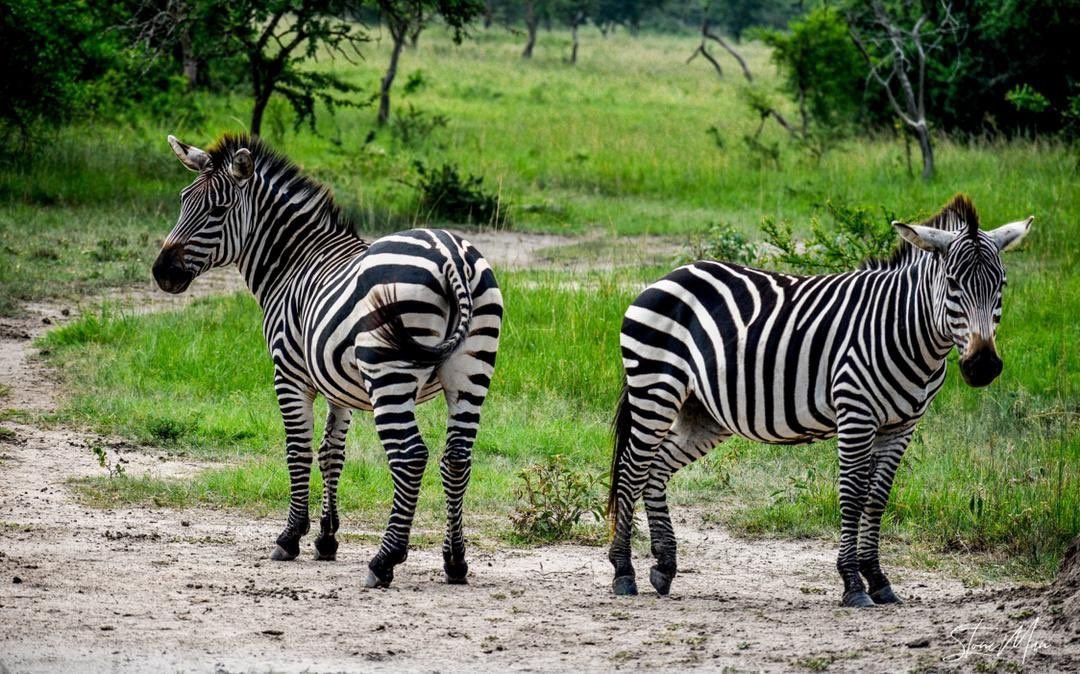Blue monkey
The blue monkey (Cercopithecus mitis), despite its name, is not particularly blue; it has sparse facial hair that occasionally gives it a blue tint, but it never has the intense blue hue of a mandrill. Except for Murchison Falls and Lake Mburo National Parks, they can be found in every other forest in the nation as well as all national parks.
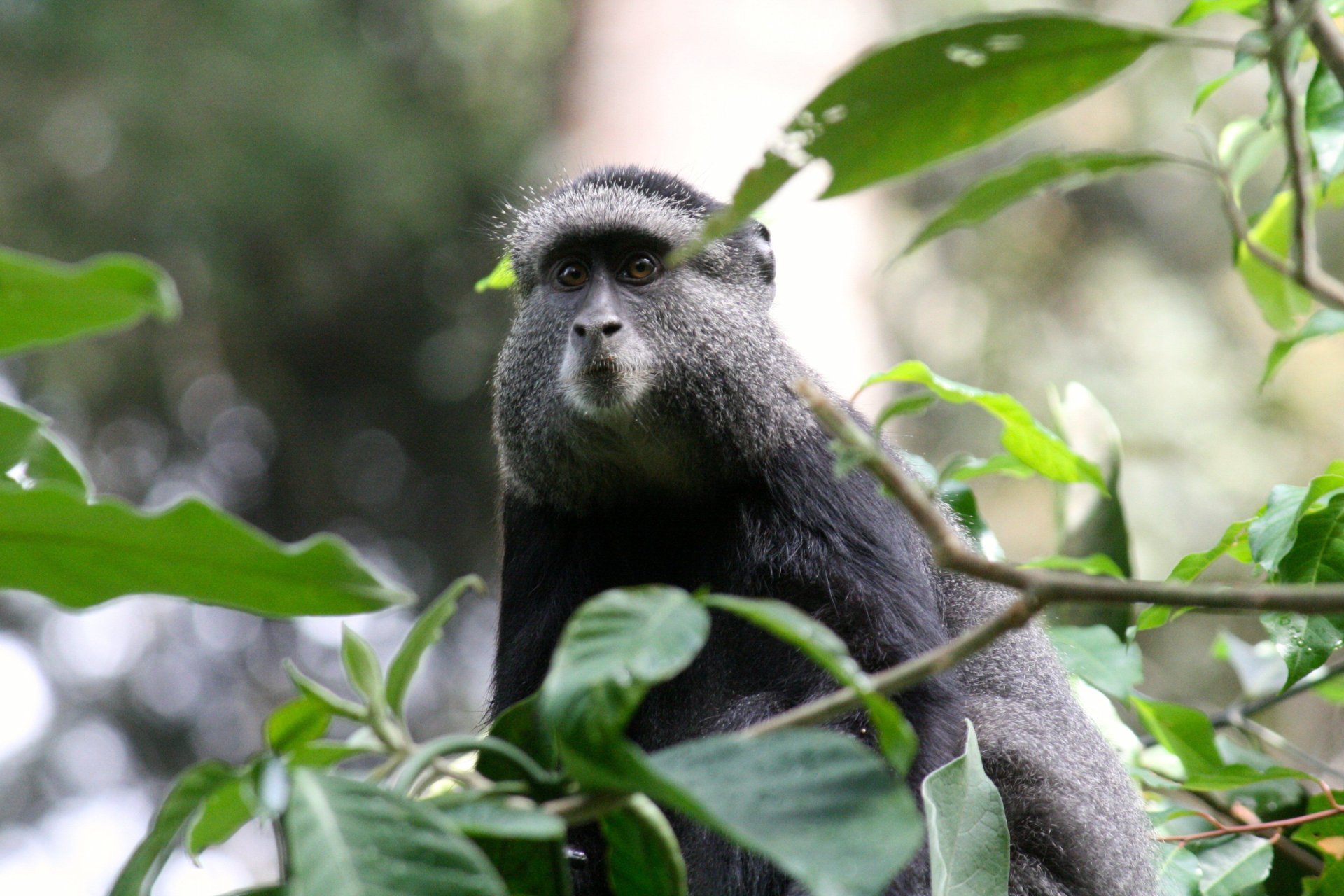
The blue monkey (Cercopithecus mitis), sometimes known as the diademed monkey, is an Old-World monkey species that is indigenous to Central and East Africa. Its range extends from the upper Congo River basin in the east to the East African Rift and in the south to northern Angola and Zambia. It occasionally includes the subspecies of Sykes', silver, and golden monkeys.
Despite its name, the blue monkey is not particularly blue; it has sparse facial hair, which occasionally gives it a blue tint, but it never seems as vividly blue as, say, a mandrill. Apart from the face, which is dark with a pale or yellowish patch on the forehead—the "diadem"—the blackish cap, feet, and front legs, as well as the mantle, which varies in colour depending on the subspecies—it is primarily olive or grey.
How a blue monkey behaves
For added security, Cercopithecus mitis teams up with the red-tailed monkey (Cercopithecus ascanius). It engages in interspecies grooming with red-tailed monkeys. Because the males leave when they reach adulthood, their social system is predominantly female. Little to no interaction exists between the males and the young. Because Cercopithecus mitis is highly territorial, the young males must depart right away in order to improve their chances of survival. They oppose the alpha male of a different family. The young males have a place to dwell, opportunities for socialisation, and a food supply if they succeed in overthrowing the dominant male.
The blue monkeys have female-philopatric social structures in which males disperse after reaching adulthood and females remain in their natal groups. Because of this, blue monkey groups are often made up of one male, many females, and young, resulting in matrilineal societies. On occasion, lone males are seen; these individuals are probably transient and have left their original group in pursuit of a new one.
Only 5–15% of a monkey's activity budget in these female-bonded groups is taken up by social interactions, which primarily consist of grooming and playing. Blue monkeys often have multiple parents. The majority of infant carriers are young females, and several alloparents typically each carry one baby.
Blue monkeys have intriguing interactions with other females. This interaction is thought to be influenced by their feeding ecology, which is influenced by competition between and within groups.
Reproduction of the Blue Monkey
The polygynous mating system results in a sexual dimorphism in size because men are by far the larger sex. Every two years, at the beginning of the warm, rainy season, females give birth to young, who are born with fur and open eyes. Gestation lasts around five months. The females of Cercopithecus mitis can only mate with one male, whilst the males can mate with several females. Through her body language, the female draws men to engage in sexual activity with her. They reproduce all year long.
Diet of the Blue Monkey
Fruits, figs, insects, leaves, twigs, flowers, and blue monkeys also consume insects "They are largely frugivores, eating 50% of their diet as fruit, with the other 40% coming from seeds, flowers, and fungi. Their major sources of protein are leaves or insects. Vertebrates are rarely eaten by them. They consume a wide range of plants but mostly a few species, hence their population density is typically reliant on the variety and richness of plant species."
Where to see the blue monkey in Uganda
The blue monkey is a primate that is indigenous to Central and East Africa. It is widespread in most of the forests in Uganda, where many troops are commonly associated with other primate species of a similar genus. With the exception of Murchison Falls and Lake Mburo National Parks, all other national parks and more than 20 blue monkey races can be found across the country's forests.
What's Your Reaction?
 Like
0
Like
0
 Dislike
0
Dislike
0
 Love
0
Love
0
 Funny
1
Funny
1
 Angry
0
Angry
0
 Sad
0
Sad
0
 Wow
0
Wow
0
